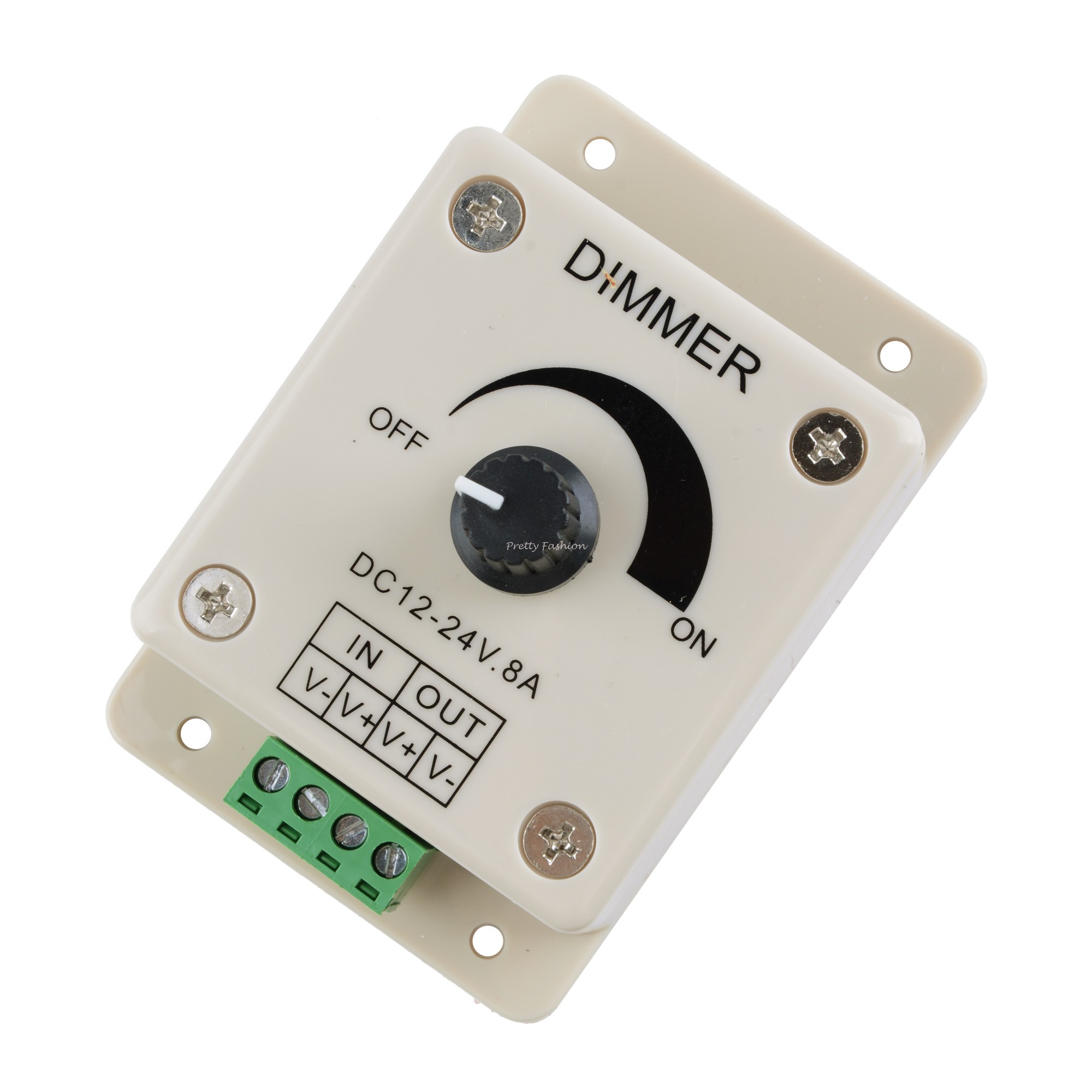

It was a general-purpose transistor in a TO-18 package, which looked like a metal can, and I remember using it to drive LEDs and relays back when I was a whippersnapper. This is where power transfers to the LED through the extremely fast switching action of the transistor, and I was impressed with the performance of the old 2N2222 transistor. I was just recently experimenting with a PWM to control an LED. For us Brits, it is a very big step to be able to make a blinking circuit however, the next stage is to control its brightness to make a fading effect. A driver circuit is also very useful if you are experimenting with pulse-width modulation (PWM) techniques, where the goal is to control the brightness, to create dimming and fading effects.Īs a beginner, you may have already created a circuit using the Raspberry Pi or Arduino to blink an LED.

If the LED has a higher power requirement, then it is best to use an NPN transistor as a driver. You can do this by using this formula: Vf x Current (in Amps) x LEDn Wattage So if we are trying to power the same 6 Cree XPG2 LEDs at 700mA your wattage would be 2.9 x.
LED DRIVER WITH BRIGHTNESS CONTROL DRIVERS
Usually, the signal from a microcontroller, or logic gate, does not possess sufficient drive current to power an LED directly. Integration Minimizes BOM for High-Brightness LED Driver, Saving Space and Reducing Cost which means using one receiver could experience. Capable of driving LED currents up to 1.2A, the XRP7613 operates from input voltages up to 36V and supports analog and Pulse Width Modulation (PWM) dimming up. Now with AC input drivers they give off a certain amount of watts to run so you need to find the wattage of your LEDs. There are two control modes, namely automatic mode and manual. To protect against output overvoltage in the event of an LED-string open circuit, this circuit uses D1. The TPS40211 is used to minimize the losses in R1 due to its low 250-mV reference voltage. The MAX16823 is available in thermally enhanced 5mm x 5mm, 16-pin TQFN-EP and 16-pin TSSOP-EP packages and is specified over the -40☌ to +125☌ automotive temperature range.An LED driver is an electronic circuit that uses a transistor to switch power to an LED. The present invention provides a brightness remote control system for LED lighting device. Here is the schematic diagram of high-brightness LED-driver circuit : This circuit uses R1 to sense the LED current. Additional features include an active-high, open-drain LEDGOOD output for open LED detection, a +3.4V (±5%) regulated output with 4mA output current capability, short-circuit and thermal protections. On-board pass elements minimize external components while providing ±5% LED current accuracy. The MAX16823 is well suited for automotive applications requiring a high-voltage input and is able to withstand load-dump events up to 45V. The BCT3220's advantages over ballast resistors include much lower bias variation with supply voltage variation, significantly lower dropout voltage, and in some. The BCT3220 uses an internal resistor to set the bias current for four LEDs, which are matched to 1.5. Wave-shaping circuitry reduces EMI while providing fast turn-on and turn-off times. The BCT3220 is a high performance white LED driver. Three DIM inputs allow a wide range of independent pulsed dimming in addition to providing the on and off control of the outputs.
LED DRIVER WITH BRIGHTNESS CONTROL SERIES
Each channel's current is programmable using an external current-sense resistor in series with the LEDs. The MAX16823 three-channel LED driver operates from a 5.5V to 40V input voltage range and delivers up to 100mA per channel to one or more strings of high-brightness LEDs (HB LEDs).


 0 kommentar(er)
0 kommentar(er)
